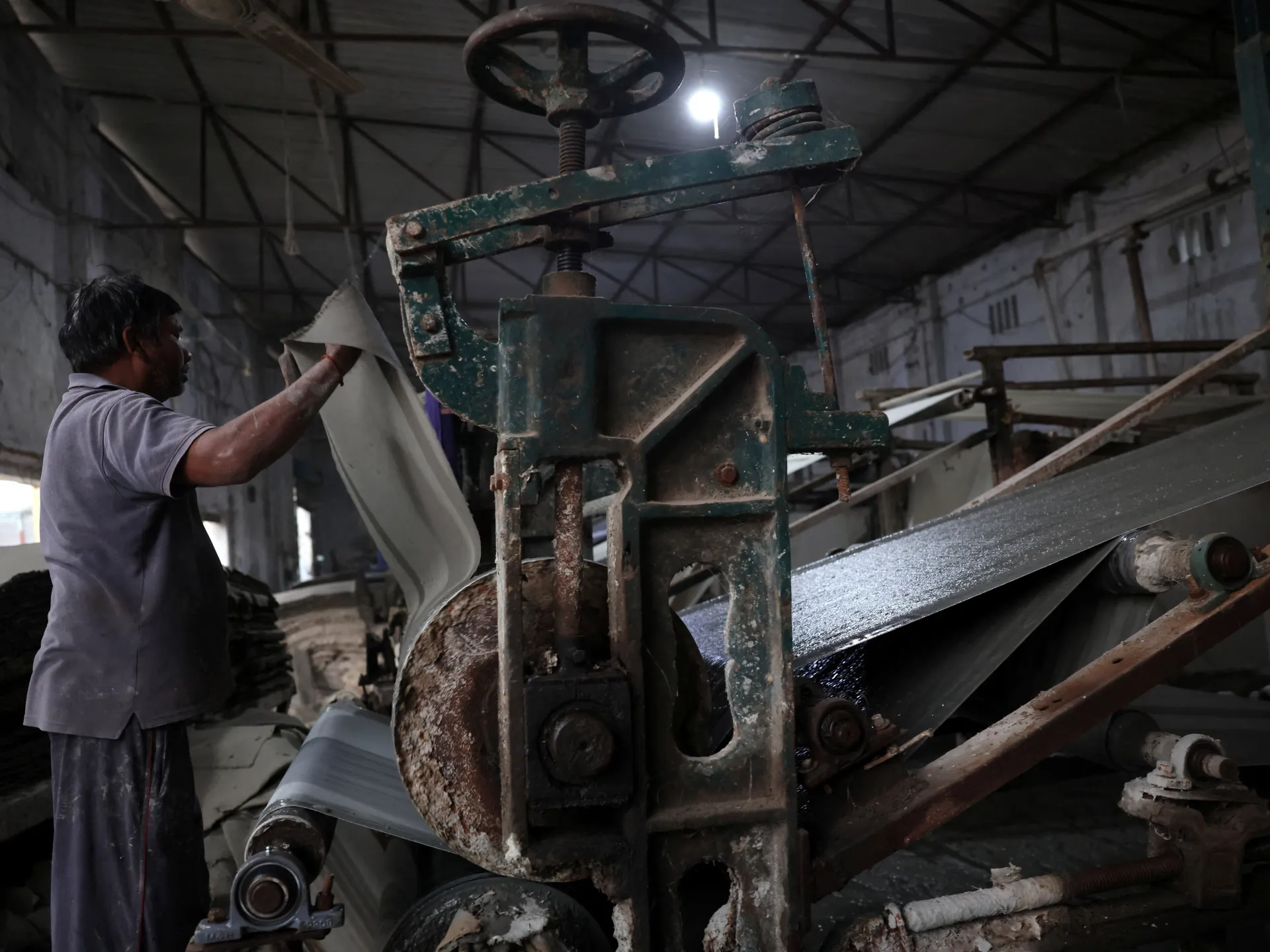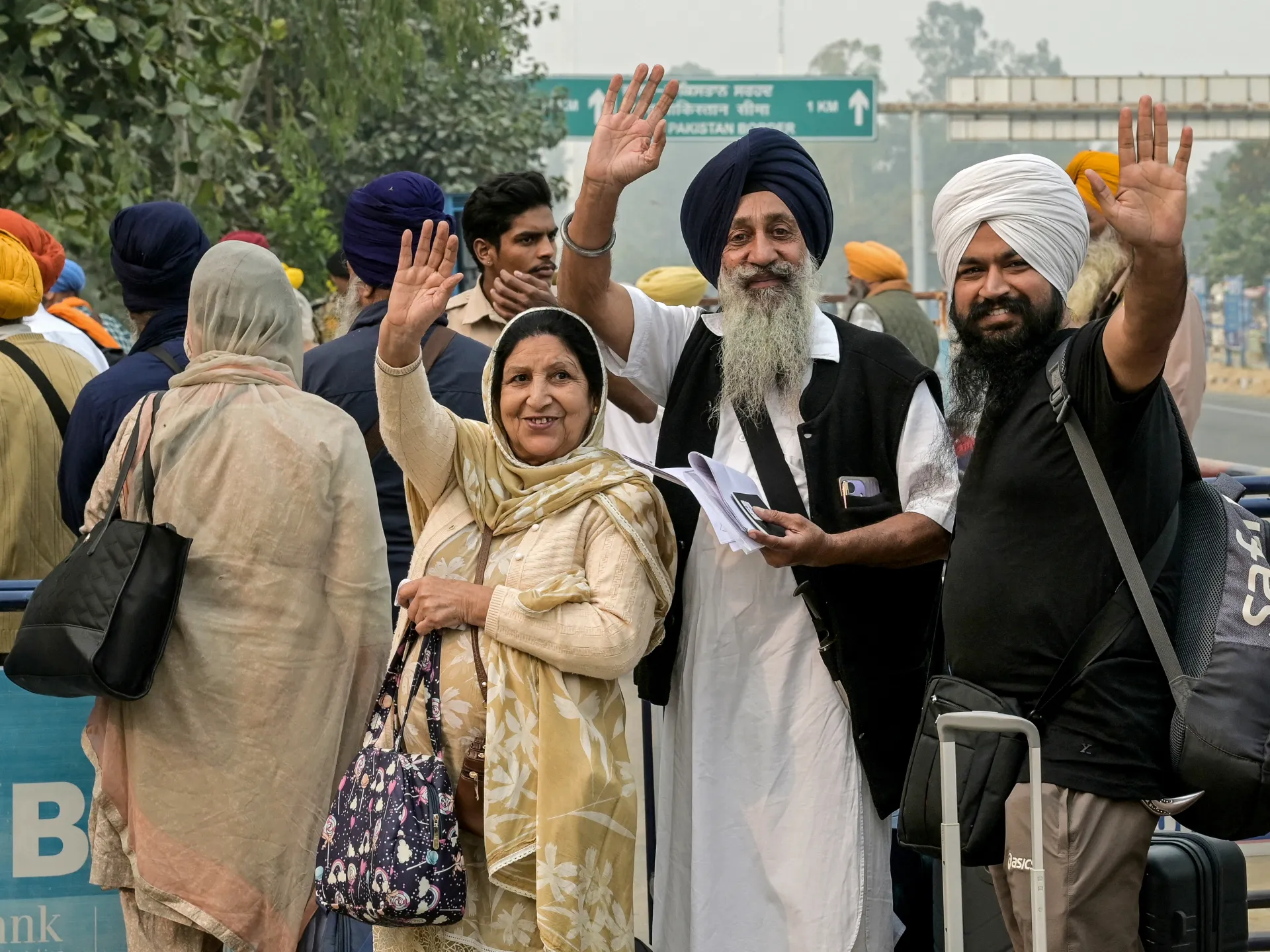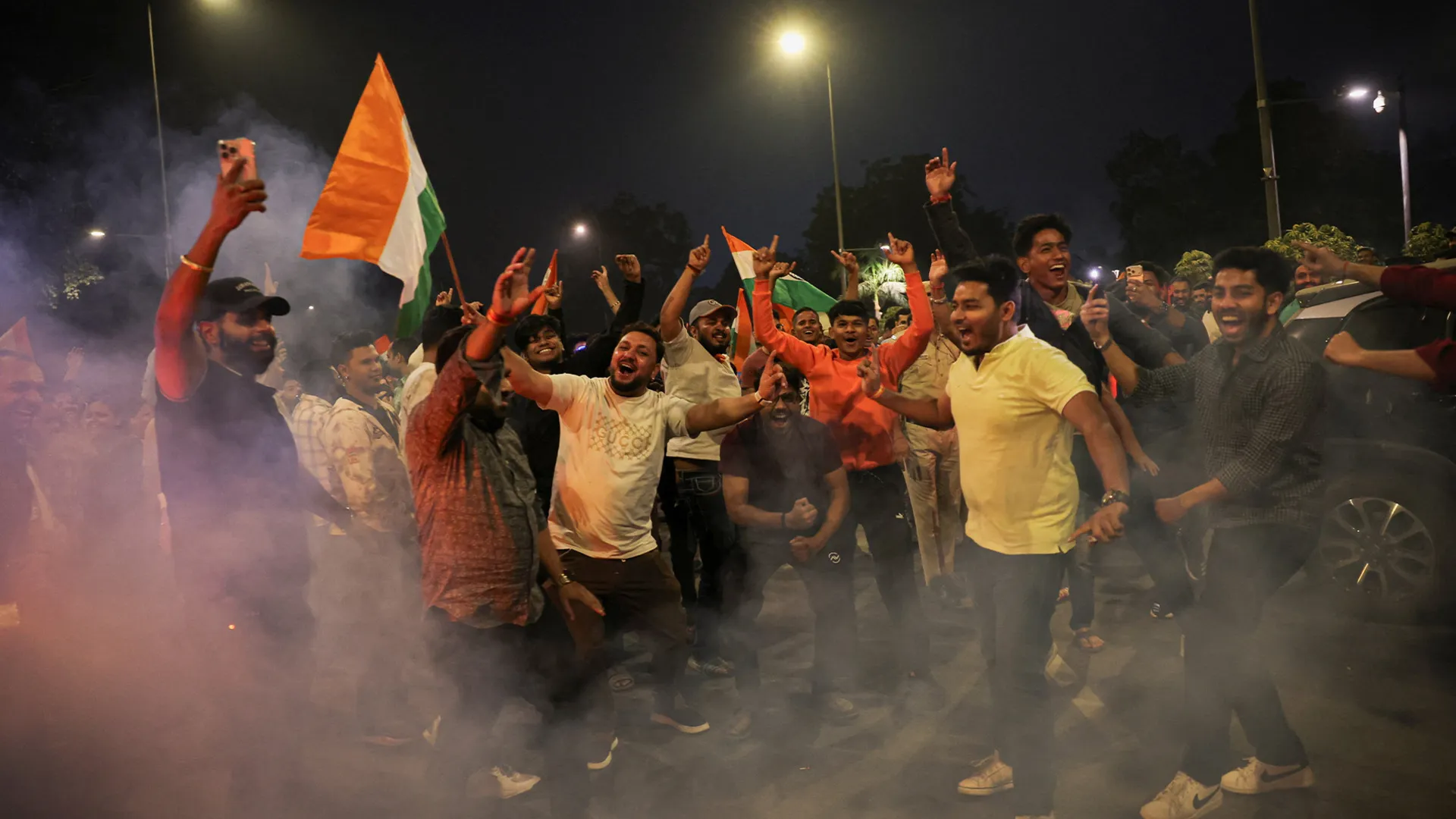Indian trade unions oppose new labour codes, call for demonstrations | Business and Economy News
The unions demand the laws be withdrawn before nationwide protests they plan to hold on Wednesday.
Published On 22 Nov 2025
Ten large Indian trade unions have condemned the government’s rollout on Friday of new labour codes, the biggest such overhaul in decades, as a “deceptive fraud” against workers.
The unions, aligned with parties opposing Prime Minister Narendra Modi, demanded in a statement late on Friday that the laws be withdrawn before nationwide protests they plan to hold on Wednesday.
Recommended Stories
list of 3 itemsend of list
One of the trade unions, Centre of Indian Trade Unions, organised protest marches on Saturday in the eastern city Bhubaneswar, where hundreds of workers gathered and burned copies of the new labour codes.
Modi’s government implemented the four labour codes, approved by parliament five years ago, as it seeks to simplify work rules, some dating to British colonial rule, and liberalise conditions for investment.
It says the changes improve worker protections. While the new rules offer social security and minimum-wage benefits, they also allow companies to hire and fire workers more easily.
Unions have strongly opposed the changes, organising multiple nationwide protests over the past five years.
The Labour Ministry did not immediately respond on Saturday to a Reuters news agency request for comment on the union demands. The government has held over a dozen consultations with unions since June 2024, an internal ministry document on the labour codes shows.
The rules allow longer factory shifts and night work for women, while raising the threshold for firms that need prior approval for layoffs to 300 workers from 100, giving companies greater flexibility in workforce management.
Businesses have long criticised India’s work rules as a drag on manufacturing, which contributes less than a fifth to the country’s nearly $4 trillion economy.
But the Association of Indian Entrepreneurs expressed concern that the new rules would significantly increase operating costs for small and midsize enterprises and disrupt business continuity across key sectors.
It asked the government for transitional support and flexible implementation mechanisms. Not all unions oppose the overhaul.
The right-wing Bharatiya Mazdoor Sangh, aligned with Modi’s party, called on states to implement them after consultations on some of the codes. Indian states are expected to craft rules aligning with the new federal codes covering wages, industrial relations, social security and occupational safety.




